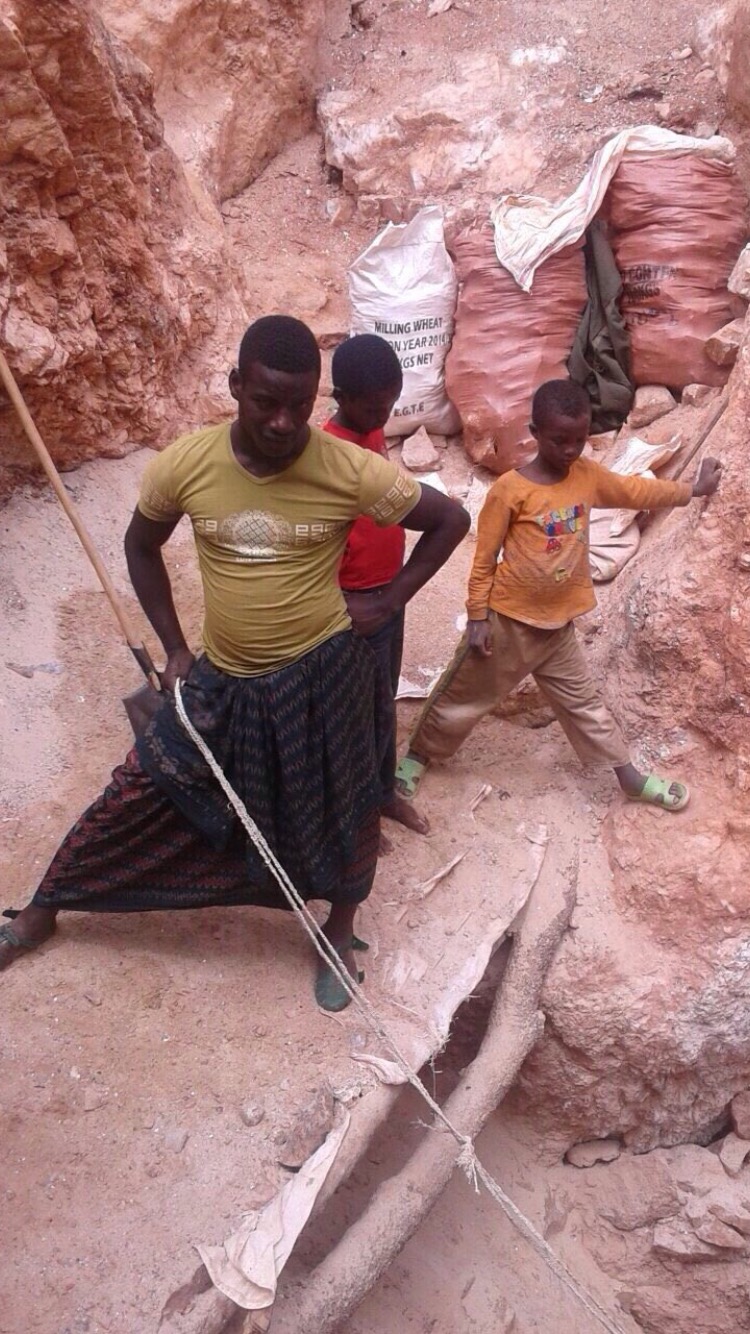Geoscience persists as having one of the lowest percentages of underrepresented minorities as students and as professionals. I sat as the only white person in a room at Virginia Tech to tell them about a new project to increase representation in the sciences. The members of the Black faculty organization asked me why I was there – and didn’t buy the argument that there was only one African American geoscientist in a university in Virginia. I still think that was true.
Today, we are populating the diversity committees and the leadership positions with and that’s ok.
I am at the end of a career in geoscience so I’m more interested in hanging out with those who are thinking about ethical sourcing of gems and metals and about the working conditions of women and children in artisan mines – maybe it is white-centered to think I can help.
I started on this journey with using the beautiful stone beads I had accumulated over 20 years of attending gem and mineral shows. As I learned more about the business of gemstones, I migrated from wanting simply – and it really is not simple – to know where my rocks came from to wanting to ensure that the people who touch these stones along their journey have a living wage, safe working conditions, access to school, and some environmental safeguards. Not an easy task in the jewelry industry – or, as we know from frequent news stories – for many of our modern products that we take for granted!
I am a failed entrepreneur—I get a grade of 2 out of 10 on Harvard’s quiz. But I love gemstones and jewelry, and I like the people in the jewelry industry who are working toward a transparent and ethical trade. And I still think we need to know where our rocks come from!

